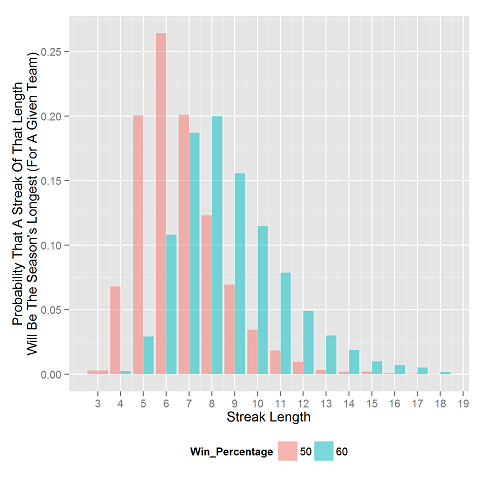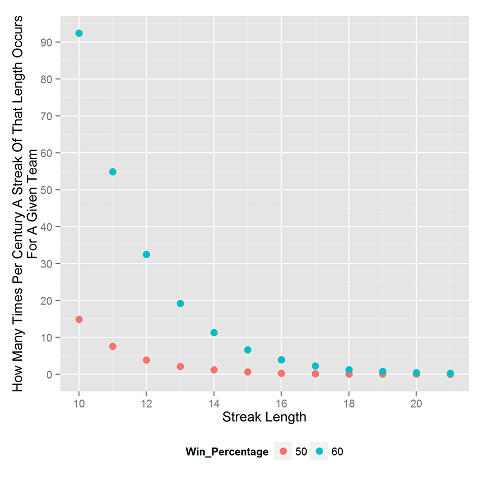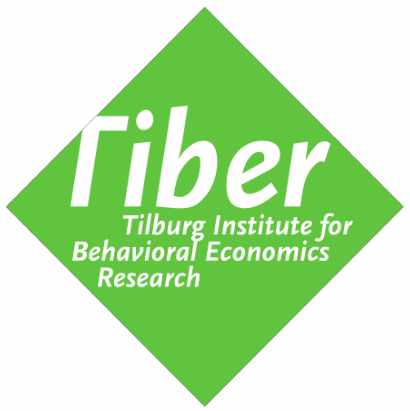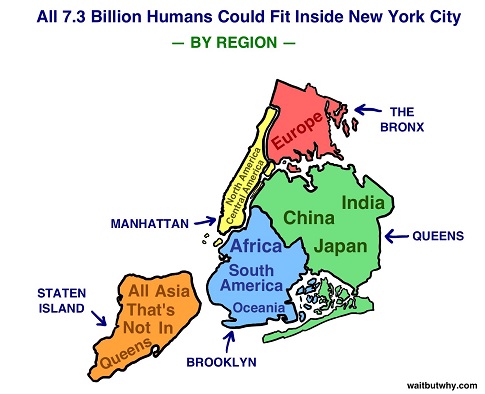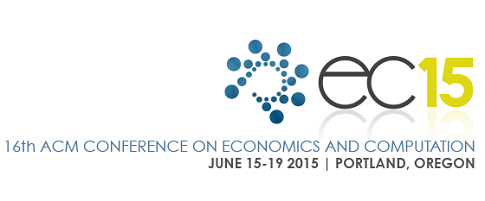DO BEHAVIORAL SCIENCE IN THE US GOVERNMENT

We received this from our friends at the White House Social and Behavioral Sciences Team
– Your DSN Editor
We are excited to announce that the White House Social and Behavioral Sciences Team (SBST) is currently seeking exceptionally qualified individuals to serve as Fellows and Associates.
SBST works across the federal government to apply findings and methods from the social and behavioral sciences to help the policies, programs, and operations of government better serve the nation. SBST has partnered with federal agencies to design and test the impact of behaviorally-informed interventions within programs and policies using rapid, rigorous, and low-cost methods.
See below for further details on the team (also here for blog about our work), responsibilities and qualifications of Associates and Fellows, and details on how to apply for this unique opportunity. The deadline to submit an application is 11:59 PM on Sunday, April 12, 2015.
Please don’t hesitate to reach out to sbst@gsa.gov with any questions.
ANNOUNCEMENT
Agency: General Services Administration (GSA)
Office: Office of Evaluation Sciences
Deadline: 11:59 PM Sunday, April 12 2015
Overview:
The White House Social and Behavioral Sciences Team (SBST) is seeking Fellows and Associates beginning in September 2015. Fellows and Associates translate insights from the social and behavioral sciences into concrete recommendations for how to improve federal programs, policies, and operations, and work closely with agency partners to structure and implement rigorous experimental trials capable of testing the relative efficiency and efficacy of proposed interventions. Fellows are typically researchers with a PhD in a social or behavioral science field (e.g., economics, psychology, political science, statistics, sociology, public policy, etc…) on leave from positions at universities, government agencies, or other research organizations. Associates are generally pursuing a PhD in asocial and behavioral sciences field or have a Master’s Degree plus two or more years of relevant experience.
Job Summary:
SBST works across the federal government to apply findings and methods from the social and behavioral sciences to help the policies, programs, and operations of government better serve the nation. In its opening year, SBST has partnered with over a dozen federal agencies to design and test the impact of behaviorally-informed interventions within programs and policies using rapid, rigorous, and low-cost methods. Fellows and Associates must possess a unique set of technical and professional skills. This includes knowledge of at least one field within the social and behavioral sciences, the ability to creatively apply research knowledge within the federal government setting, the ability to manage the day-to-day operations of a field trial, and exceptional communication and interpersonal skills. The sought Fellow is an emerging or leading expert on leave from a university or other research appointment; the Associate is an exceptionally promising graduate student or researcher at a more junior stage of his or her career. All team members serve as federal employees, with a central division based at the General Services Administration (GSA). This is a one-year position beginning in early September 2015, with the possibility of renewal. The team is based in the GSA building at 1800F Street N.W. in D.C. The GSA has been repeatedly rated as one of the “Best Places to Work in the Federal Government” by the Partnership for Public Service . Compensation for Fellows and Associates is determined based on qualifications and experience.
Application Instructions:
Email C.V., two references, and a relevant writing sample to sbst@gsa.gov, with “SBST [Fellow / Associate] Application” in the subject line. Please include a 1-page cover letter introducing yourself and explaining your interest in being a Fellow or Associate.
The deadline to submit is 11:59 PM Sunday, April 12, although applications may be reviewed on a rolling basis. Finalists will be invited to an interview process that will include a writing exercise and up to two stages of interviews.
The following duties and qualifications apply to both Fellow and Associate roles; the next page provides profiles distinguishing the two roles.
Primary duties of Fellows and Associates :
- Creatively translate insights from the social and behavioral sciences into concrete recommendations for how to improve federal programs, policies and operations
- Work closely with agency partners to structure and implement rigorous experimental trials capable of testing the relative efficiency and efficacy of proposed interventions
- Communicate regularly with agency partners and any outside collaborators in order to: ensure the rationale behind intervention ideas and trial design are clearly understood and meet agency goals; ensure that field experiments are implemented as planned; share updates on trial status; and discuss the implications of results
- Perform data analyses and interpretation
- Translate findings into project reports and policy memos for academic, agency, and public audiences
- Assist, as needed, on additional projects being managed by other SBST members
- Attend weekly SBST meetings, provide updates on project status and be generally available to collaborate on and contribute to internal tasks
- Attend and potentially present at conferences and workshops
Required qualifications of Fellows and Associates:
- General knowledge of applied behavioral sciences and specialized knowledge of at least one domain of a study within the social and behavioral sciences
- Ability to think creatively about how insights from the social and behavioral sciences can be translated into concrete interventions that are practically feasible within specific federal programs, policies or organizations
- Statistical competency in at least one programming language (e.g., R, Stata, Matlab, SAS, etc…)
- Ability to effectively explain technical concepts to a broad range of audiences, orally and in writing
- Strong writing skills, including under tight deadlines
- Excellent management and organizational skills
- Flexibility, self-motivation, and the ability to manage multiple tasks efficiently as a team player
- Curiosity and willingness to learn about federal agencies and the unique practical and regulatory constraints
Preferred qualifications include:
- Experience conducting randomized controlled trials in field settings
- Experience working with the federal, municipal, state, or city governments
- Advanced statistical skills, including experience handling large administrative data sets
Details for Fellow Applicants:
Fellows are typically researchers with a PhD on leave from positions at universities, government agencies, or research organizations. Fellows will be a lead investigator on complex experimental trials and responsible for the identification, design, execution and ongoing management of studies.
Additional qualifications:
- PhD in related field, plus one or more years relevant work experience, or a Master’s Degree plus five or more years of relevant experience
- Two or more years of experience designing, implementing and analyzing experiments (and preferably four or more years specifically conducting randomized controlled trials in field settings)
Additional duties:
- Take an active role in identifying opportunities for the team to support agencies of government
- Drive the team’s project efforts from initial conversations through experiment design, field testing, data analysis, evaluation and communication of results
- Ultimately accountable for the operations of select field experiments
- Represent the team in a more formal capacity at conferences, events and meetings
Details for Associate Applicants:
Associates have a Master’s Degree plus two or more years of relevant experience, or are at mid to final stages of a PhD program in a relevant course of study. these team members play a supportive role to Fellow, providing technical contributions and expertise to studies and operational oversight to projects and components of studies.
Additional qualifications:
- Graduate coursework in pursuit of a PhD, or a Master’s Degree plus two or more years of relevant experience
- Experience designing, implementing and analyzing experiments (and preferably conducting randomized controlled trials in field settings)
Additional duties:
- Assist in the management and operations of select field experiments
- Assist with data analyses and interpretation
- Assist in the organization of workshops and events
 Subscribe to Decision Science News by Email (one email per week, easy unsubscribe)
Subscribe to Decision Science News by Email (one email per week, easy unsubscribe)
